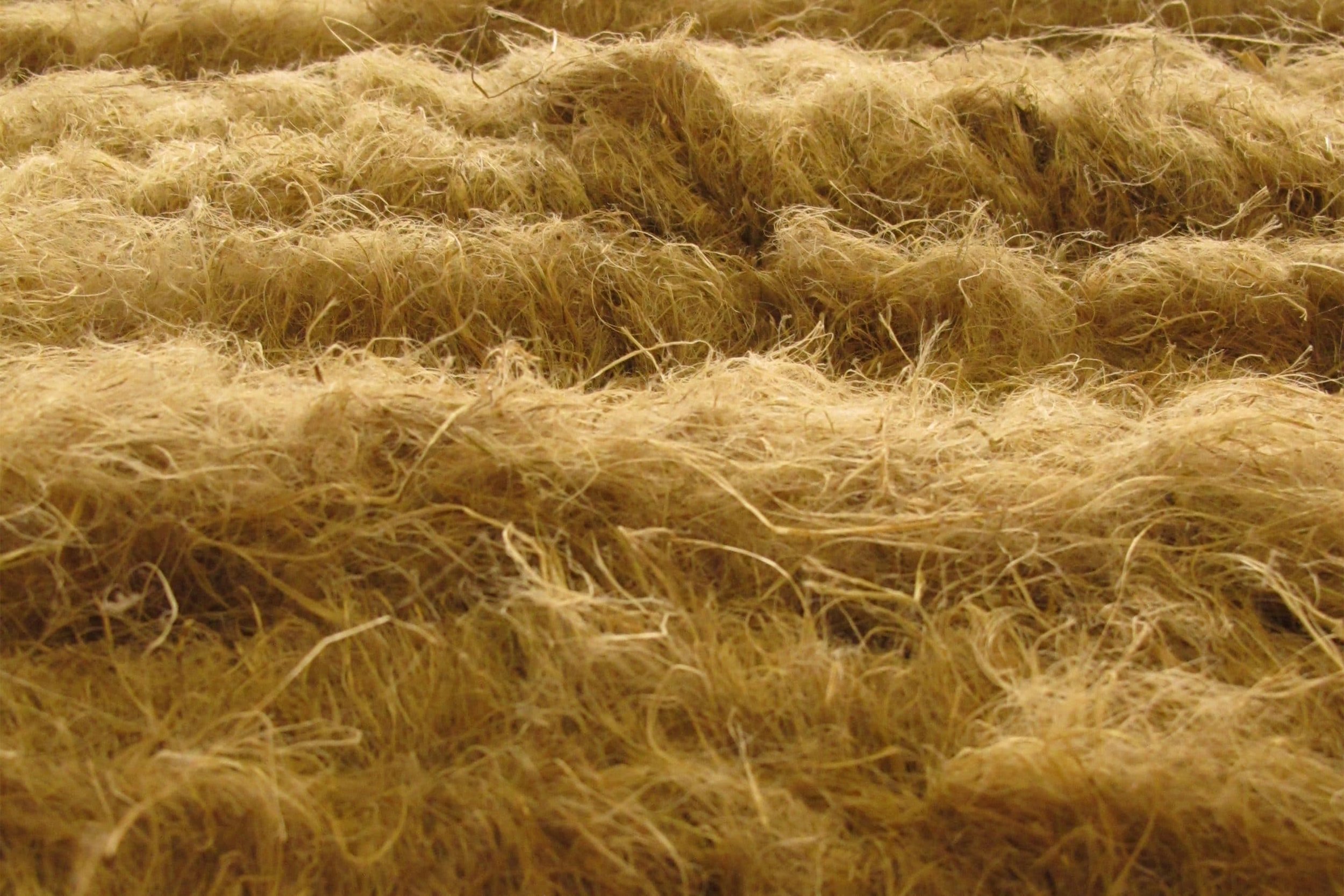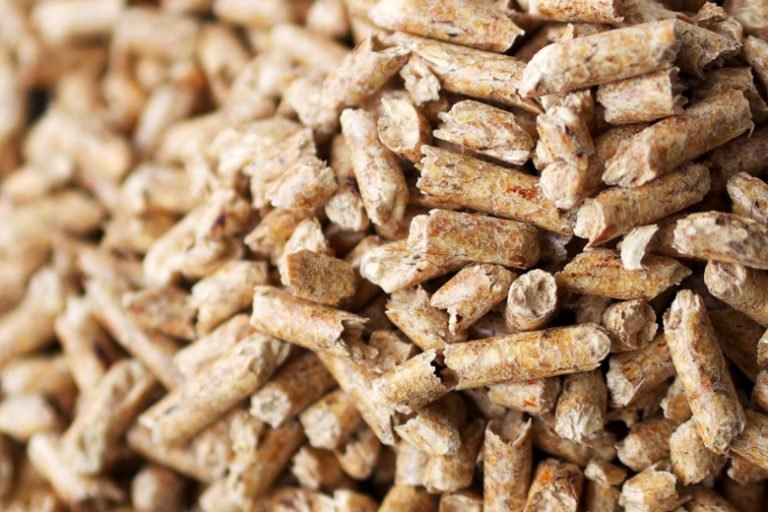
Hemp Biomass Pellets
Powering the UK’s Infrastructure
Coal is the single biggest contributor to global climate change. The 8,000 active coal burning power plants contribute to hundreds of thousands of deaths a year. Bioenergy pellets, a substitute to coal, are traditionally made from wood which can lead to deforestation, and rely on international, emission heavy supply chains.

When coal is burned it releases mercury, lead, sulfur dioxide, nitrogen oxides, particulates, and various other harmful emissions.
About Biomass Pellets
Hemp biomass is a disruptor to both the coal, and the wood pellet markets. The pellets are made from hemp biomass, mostly from the stalk of the plant which can be compressed into a pellet with no additives. They are used by large-scale power generators in the UK, Europe and Asia to produce reliable renewable power, enabling the transition from burning coal.
The Net Calorific Value and cost for production is competitive with wood pellets and provides a significant carbon saving in comparison. This innovative feedstock can be locally produced and delivered at scale with lower embodied energy versus conventional wood pellets which are often produced and then shipped halfway around the world to power generators.
Food security and land use conflict is the biggest challenge faced by the biomass energy industry. Hemp’s ability to be grown concurrently for both energy and food overcomes this significant hurdle. It provides a profitable return to farmers enhancing local communities while replenishing soil nutrients and improving quantities of carbon in the soil.
Our goal of growing locally provides not only renewable power for communities, but employment and diversified revenue streams for farmers, benefits to soil health, and low emissions through a massive reduction in required transportation.

Hemp Field

Hemp Straw

Hemp Pellets

Energy
FAQs
-
Burning coal releases more greenhouse gases than any other form of energy production and poisons our natural environments. Wood pellets are a vast improvement on this carbon debt payback but has severe limitations due to the bio-complexity of natural forests and the need to import them great distances to the largest buyers in the world.
Hemp can be cultivated locally to a power station removing the need for significant transmission emissions.
Performance of the crop such as its biomass yield and follow-on factors relating to its efficiency as a solid fuel energy feedstock, are all affected by a long list of inputs and variable factors that we have been testing and refining.
-
In addition to improving soil health, cultivating hemp sequesters more CO2 than it takes to plant and harvest the crop.
It is a low input and high output crop that is easily incorporated into crop rotations. Due to its short growing season, hemp does not require significant changes to existing agricultural practices.
The cultivation of hemp is not competitive with the food supply chain. We can use the grain for food and the stalk for biomass pellets, from a single hemp plant.
